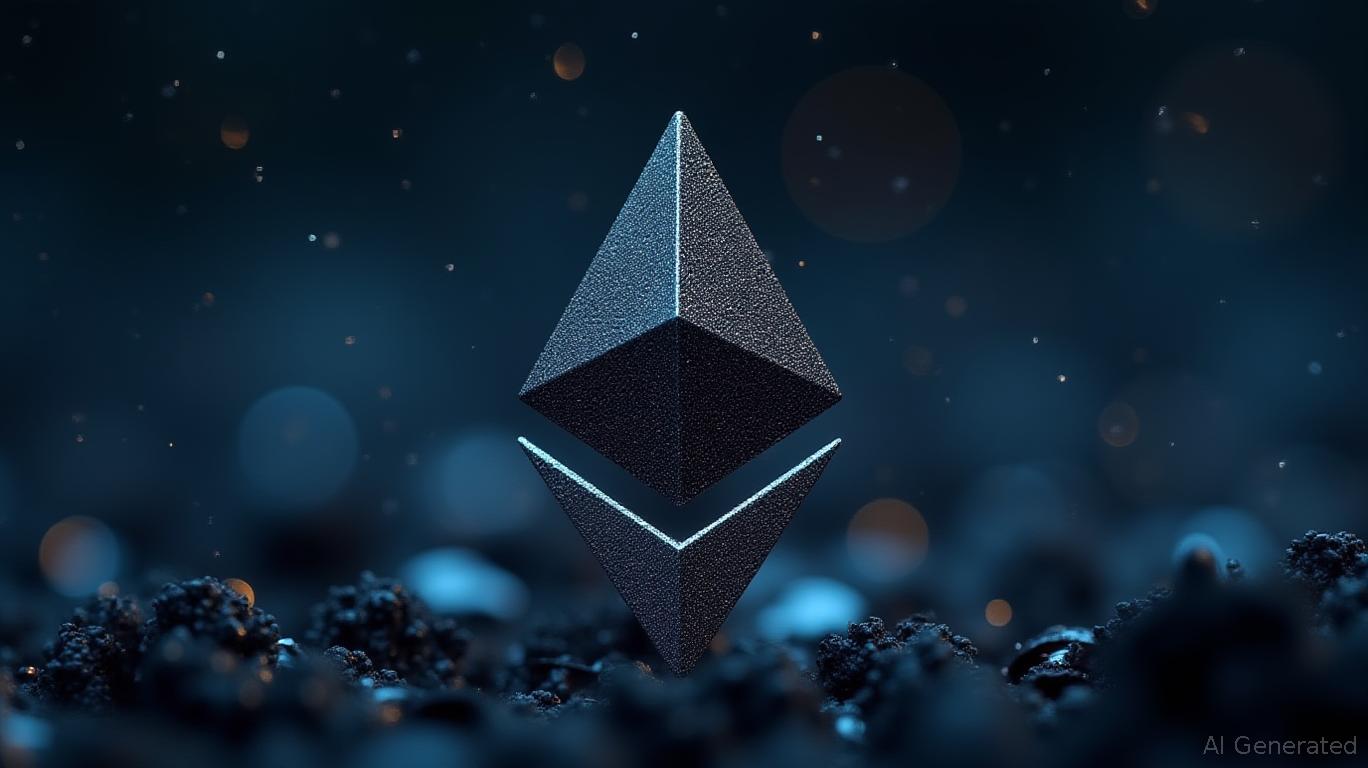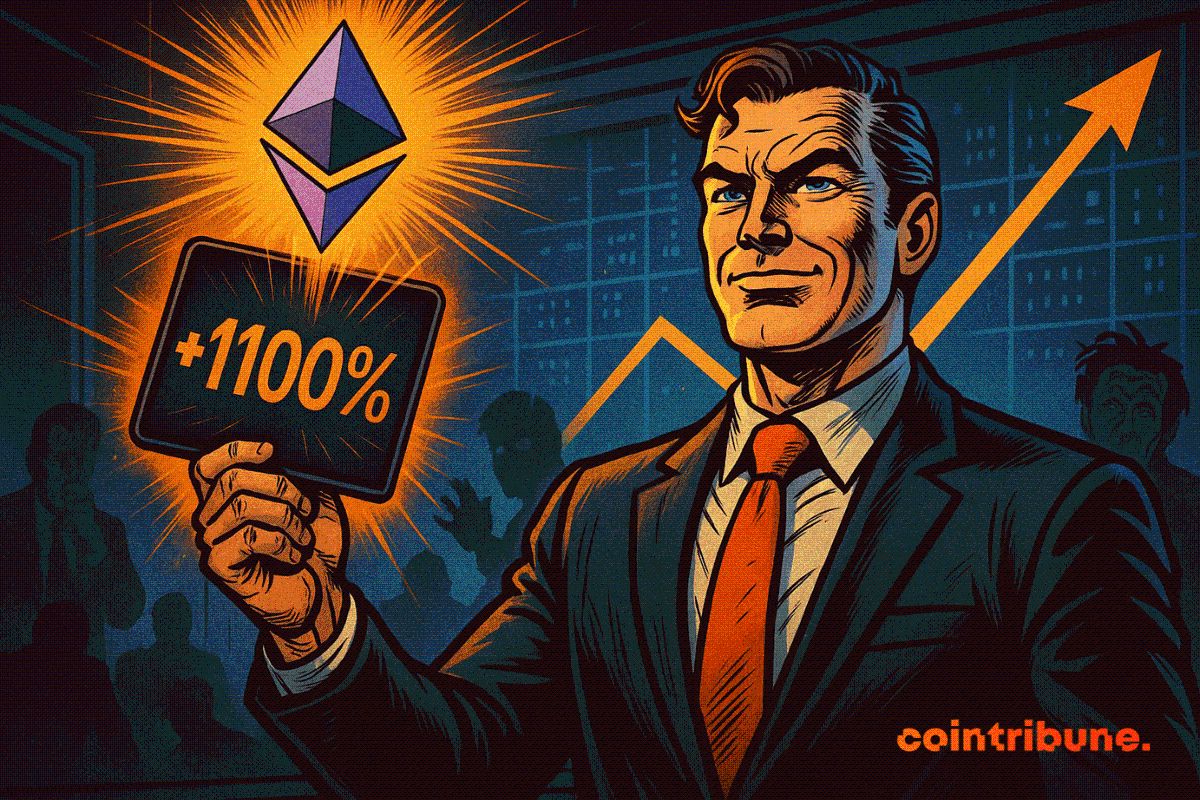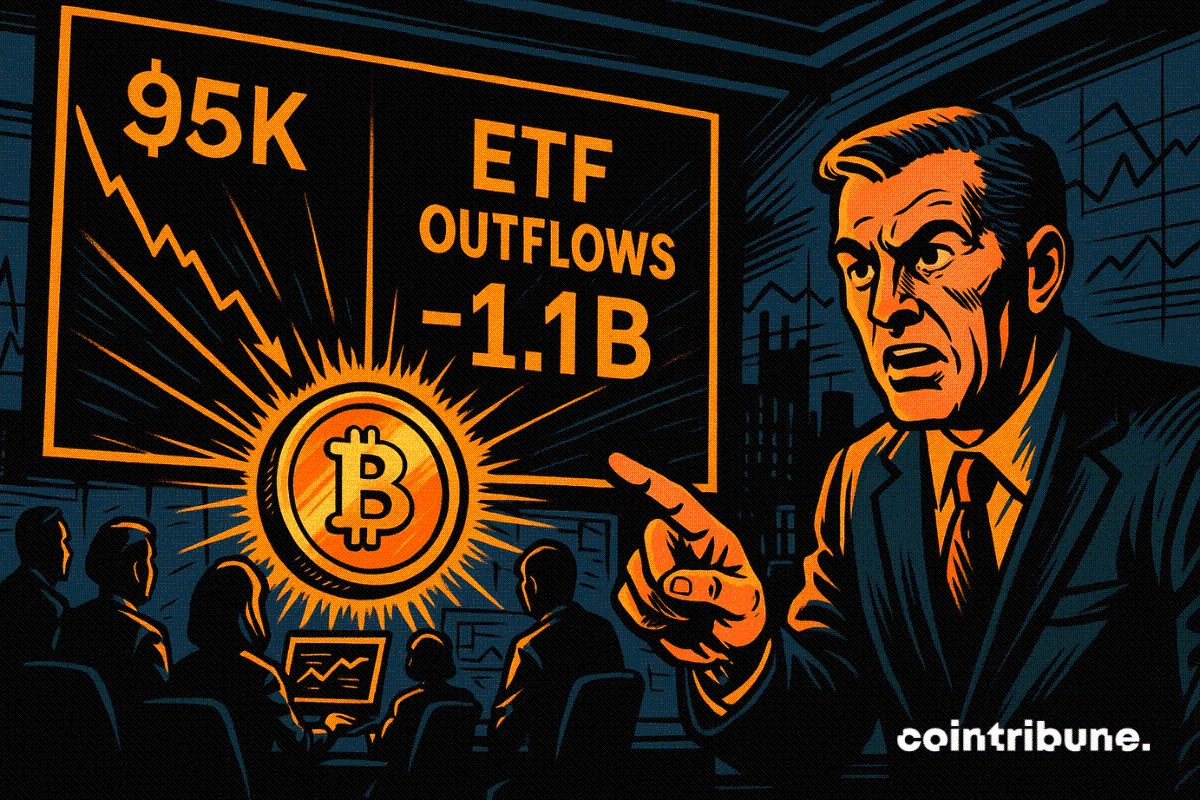Ethereum’s Fusaka Update: Advancing Scalability for a Rollup-Driven Tomorrow
- Ethereum's 2025 Fusaka upgrade introduces PeerDAS (EIP-7594) to boost scalability by reducing L2 transaction costs through partial blob data verification. - The upgrade aims to increase blob capacity from 6-9 to 48 per block without compromising decentralization, benefiting L2 platforms like Arbitrum and Optimism. - PeerDAS enables statistical sampling of blob data, lowering bandwidth demands while addressing L2 economic bottlenecks and potentially driving dApp adoption. - Testing phases (Devnet-3 to Dev

The Fusaka upgrade for Ethereum, anticipated for release in late 2025, is designed to boost scalability and lower Layer 2 (L2) transaction expenses by introducing PeerDAS (Peer Data Availability Sampling), which is central to
This upgrade is set to benefit L2 solutions like
The timeline for Fusaka depends on successful testing. Developers have recently finished non-finality testing on Fusaka Devnet-3 and are moving forward to Devnet-5, which will focus on improving blob data management and validator performance title3 [ 3 ]. Although the upgrade is planned for November or December 2025, past delays in Ethereum’s upgrade history remain a concern. For example, the Pectra upgrade faced several postponements after initial setbacks in 2024 title1 [ 1 ]. Despite these obstacles, the Ethereum community is cautiously optimistic, with Christine Kim from Galaxy emphasizing that the structured testing process favors stability over speed title3 [ 3 ].
Fusaka’s impact goes beyond technical enhancements. By improving data availability and lowering L2 expenses, the upgrade could bolster Ethereum’s standing against rival smart contract platforms and encourage broader adoption of decentralized applications (dApps), DeFi services, and NFT markets title3 [ 3 ]. Experts also believe that increased throughput and reduced fees may attract more developers to build on Ethereum, reinforcing its position as the settlement layer in a rollup-focused ecosystem title6 [ 6 ]. Institutional validators, in particular, could see operational costs drop, potentially drawing new participants to the network title1 [ 1 ].
Nevertheless, integrating PeerDAS brings new challenges. For instance, block proposers must apply erasure coding to blobs and create cryptographic proofs within strict timeframes, which could raise hardware demands for individual stakers. Moreover, since the system relies on distributed data sampling, the network’s security hinges on having enough active nodes—a risk Ethereum’s developers are addressing with incentive strategies title6 [ 6 ]. Even with these hurdles, the Ethereum Foundation and core development team remain dedicated to ongoing testing and refinement, aiming to ensure the upgrade supports the network’s long-term scalability objectives.
Disclaimer: The content of this article solely reflects the author's opinion and does not represent the platform in any capacity. This article is not intended to serve as a reference for making investment decisions.
You may also like
Bitcoin Updates Today: Institutional Bitcoin Buzz vs. Arbitrage Facts: Hayes Reveals the Strategy
- Arthur Hayes challenges institutional Bitcoin bullishness, arguing major players exploit arbitrage strategies rather than hold long-term conviction. - Harvard University's $442.8M IBIT stake and 15% Q3 surge in BlackRock's ETF holders highlight growing institutional adoption. - Hayes reveals "basis trade" tactics where large holders buy IBIT shares while shorting Bitcoin futures to capture yield differentials. - ETF flows show $2.3B November outflows and Wisconsin's $300M IBIT liquidation, reflecting vol

Bitcoin News Update: Bitcoin Drops Under $95,000 as ETFs See $3.2 Billion Outflow, Institutional Interest Declines
- Bitcoin fell below $95,000 on Nov. 17, 2025, due to ETF outflows, weak institutional demand, and broken technical support levels. - Digital asset products saw $3.2B in outflows over three weeks, with U.S. spot Bitcoin ETFs losing $1.1B in a record fourth-largest weekly outflow. - MicroStrategy bought 8,178 BTC for $835.6M, reaffirming its commitment to Bitcoin as a treasury asset despite market weakness. - Solana and Ethereum fell over 15% and 11%, respectively, as broader crypto markets weakened amid fa

Bots Take the Lead Online as Automated Content Reshapes User Experience

Stobox and REAL Finance Join Forces to Revolutionize RWA Infrastructure
